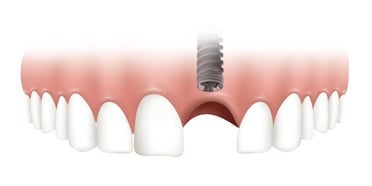
The loss of a front tooth is always difficult for patients. With the loss of a tooth, both underlying bone and surrounding bone and soft tissues change and resorb. So although replacing a missing tooth with a fixed bridge or a dental implant can result in an esthetic outcome, this is a real challenge even for skilled clinicians. And, of course, the loss of a few adjacent teeth in the front of the mouth is far more challenging.

The 3D implant position and adequate initial stability are vital for short and long term implant success. However, optimal esthetics require that the gingiva around dental implants will be in harmony with the soft tissue surrounding adjacent teeth.
For this reason, correct hard and soft tissue management at the site of the lost teeth (whether at the time of extraction or if the teeth were lost before) requires meticulous handling to ensure the creation of an aesthetically pleasing outcome — both from the “white” (dental) point of view, as well as from the “pink” (gingiva and surrounding tissues) point of view.
Since this topic is both vital for clinical success and that there are novel approaches to ensure predictable outcomes, this topic was chosen to be one of the key areas that will be addressed during our annual dental symposium.
Our international symposiums are renowned for providing world-class learning along with first-class service. Held between the 15th and 18th of March 2018, our upcoming symposium will take place in the stunning and tropical Barcelo Tamba Resort, Costa Rica.
Why should you attend?
As patients now h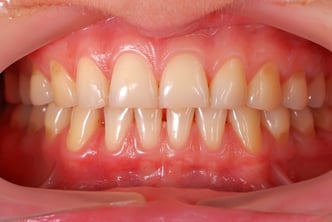 ave easier access to an abundance of information, their expectations with regards to dental implants are understandably high. They no longer accept that implant-based restorations function like normal teeth, they also want them to look and feel like natural teeth, especially when the problem is in their front teeth.
ave easier access to an abundance of information, their expectations with regards to dental implants are understandably high. They no longer accept that implant-based restorations function like normal teeth, they also want them to look and feel like natural teeth, especially when the problem is in their front teeth.
As a result, the pressure is on for dentists to constantly strive for esthetic perfection, despite an abundance of challenges presented to them.
Now for the good news
Modern and advanced treatment modalities enable good-to-excellent esthetic outcomes, even with difficulties and challenging cases. Through research, novel protocols combine clinical technique and materials to enable such results.
Now, these methods are available through systematic training programs that deliver both theoretical knowledge and practical “how-to” ways to achieve consistent excellence when treating the esthetic zone.
This is what you can learn from our prominent experts as they will share with you their best practices and techniques for achieving esthetic perfection with hard and soft tissue management around dental implants.
Soft tissue management around dental implants — and immediate loading
As our understanding of immediate loading procedures increases, and as these procedures become more and more common, one additional benefit was discovered. It was found that it is, in fact, easier and more predictable to keep soft tissue in immediate placement and loading cases by using a correctly-made temporary restoration that guides the tissue into the desired shape than to try to correct gingival architecture that is lost.
The use of temporary restorations, following a concept similar to that used in ovate pontics, can help with the creation of an environment that supports gingival architecture and papillary height, thus recreating best gingival form. Therefore, the use of temporary restorations should always be considered mandatory to ensure pleasing esthetic outcomes.
Developing the right skill-set
The difference between poor implant position and great clinical outcomes requires specific skills and understanding that are within the reach of every clinician.
Our annual international symposium will equip you with the knowledge and skills you need to do exactly this.
For further information about what you can expect at our latest international symposium, contact the Adin Dental team for assistance.



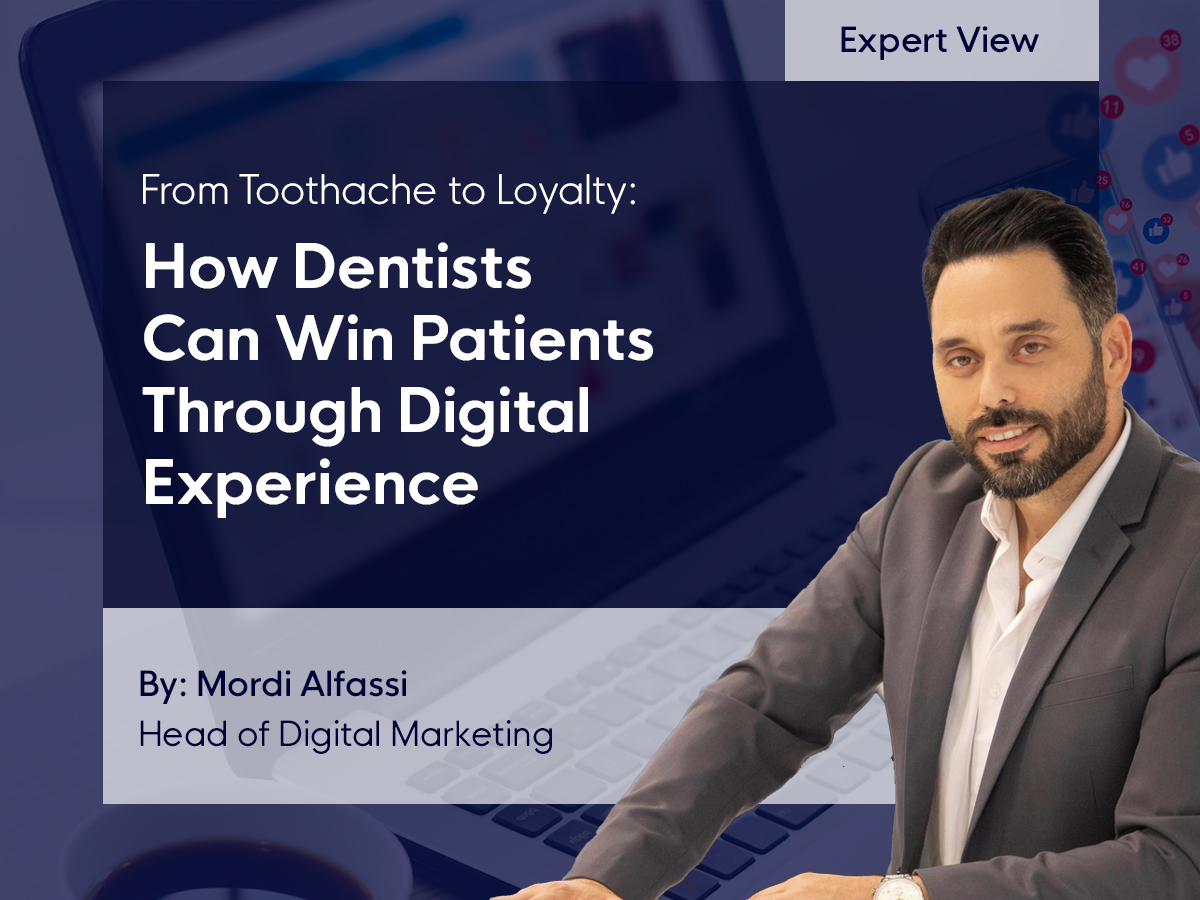
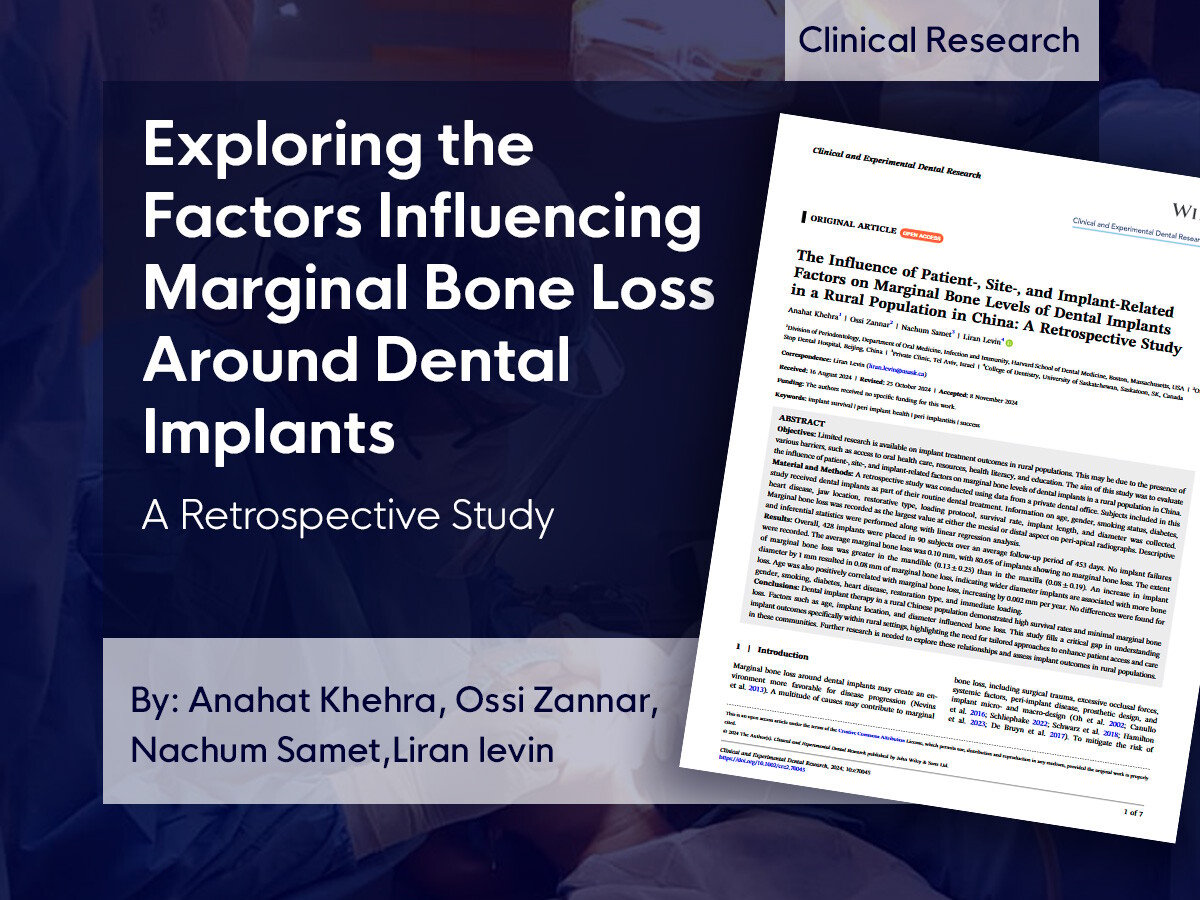
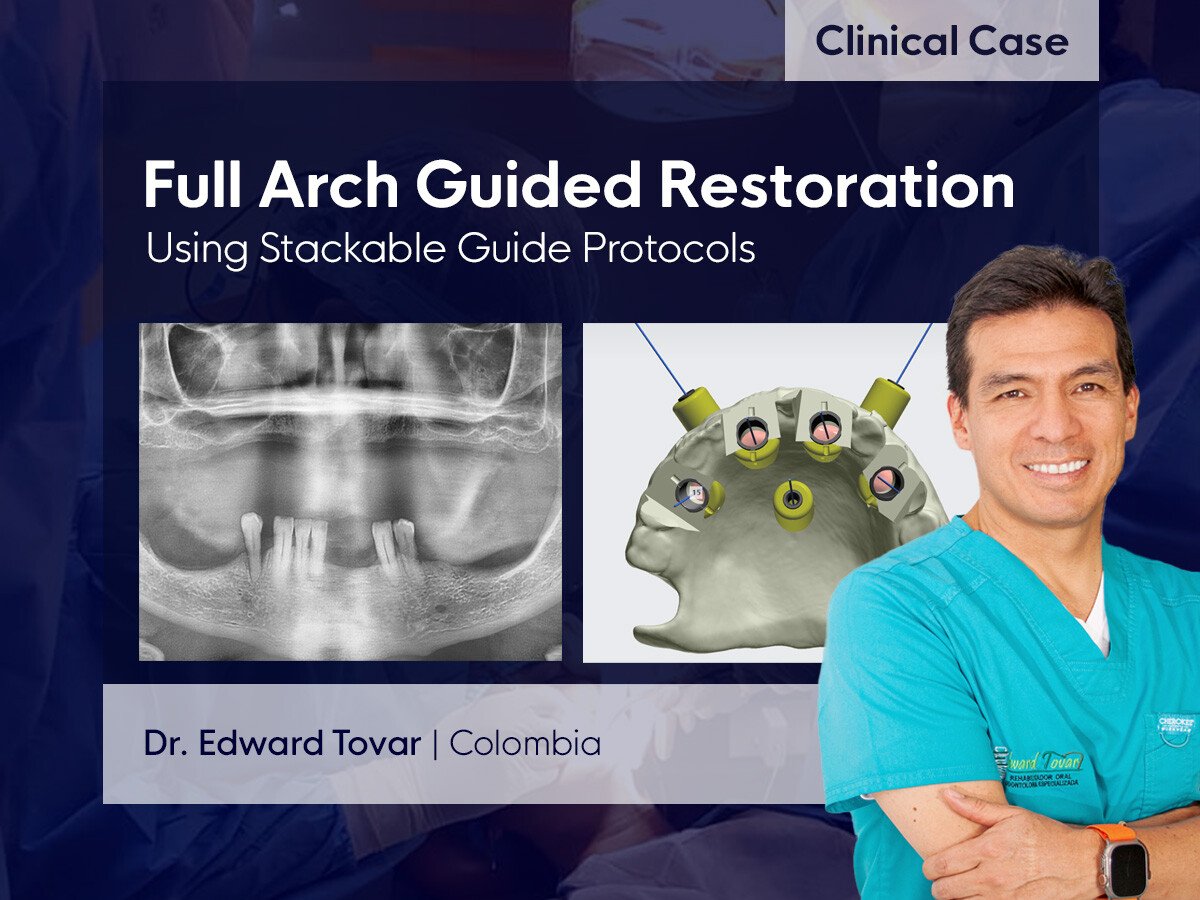

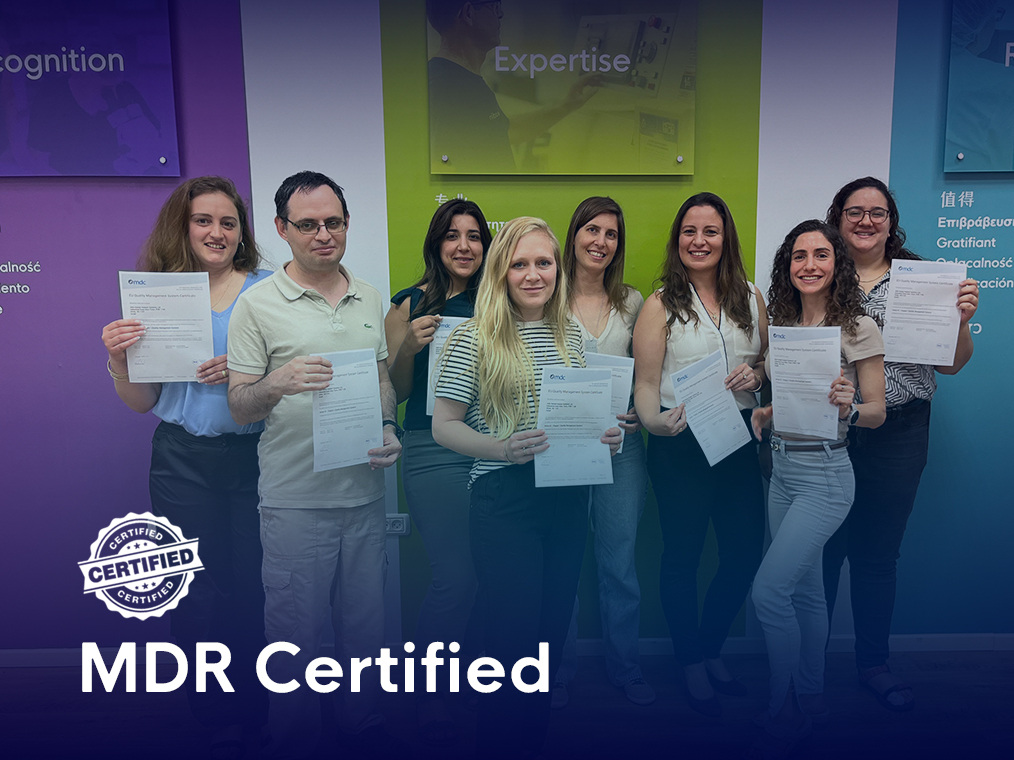

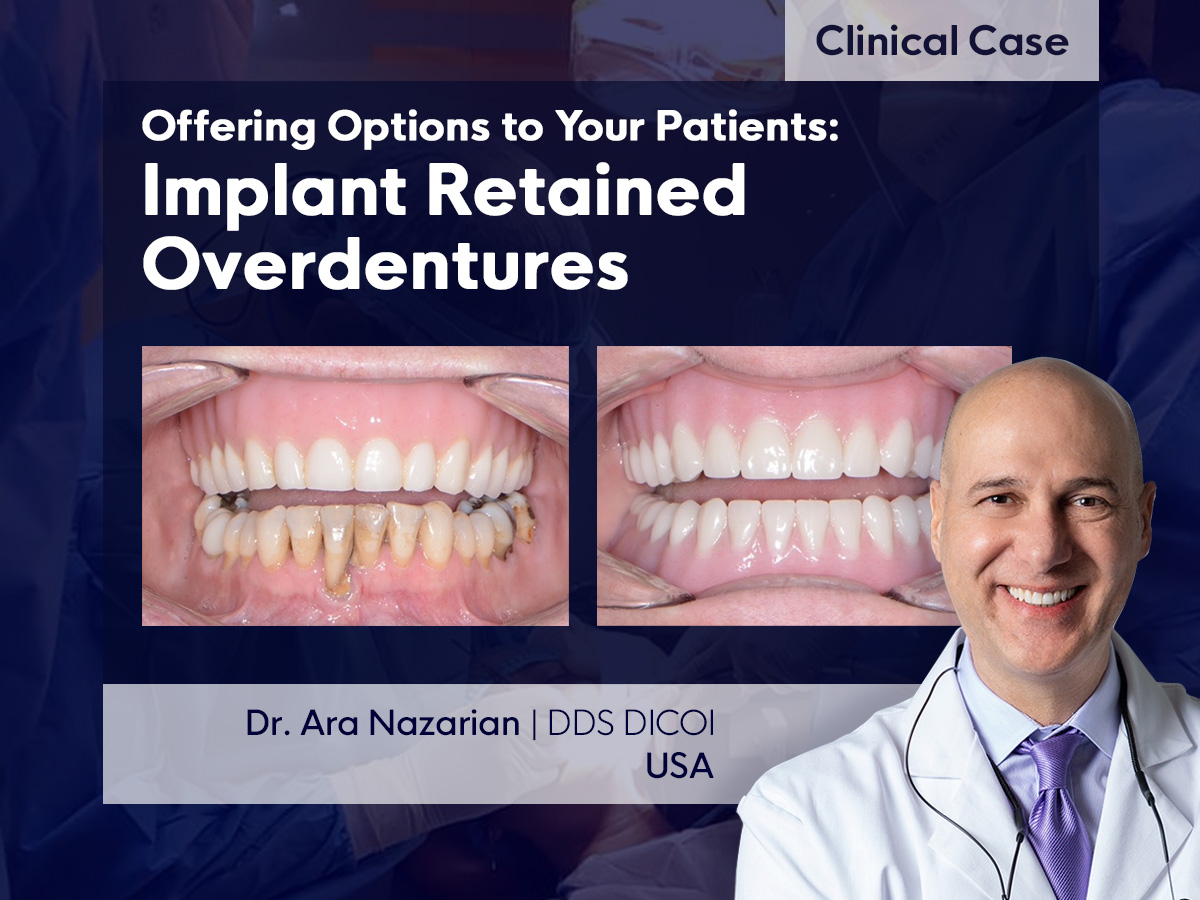
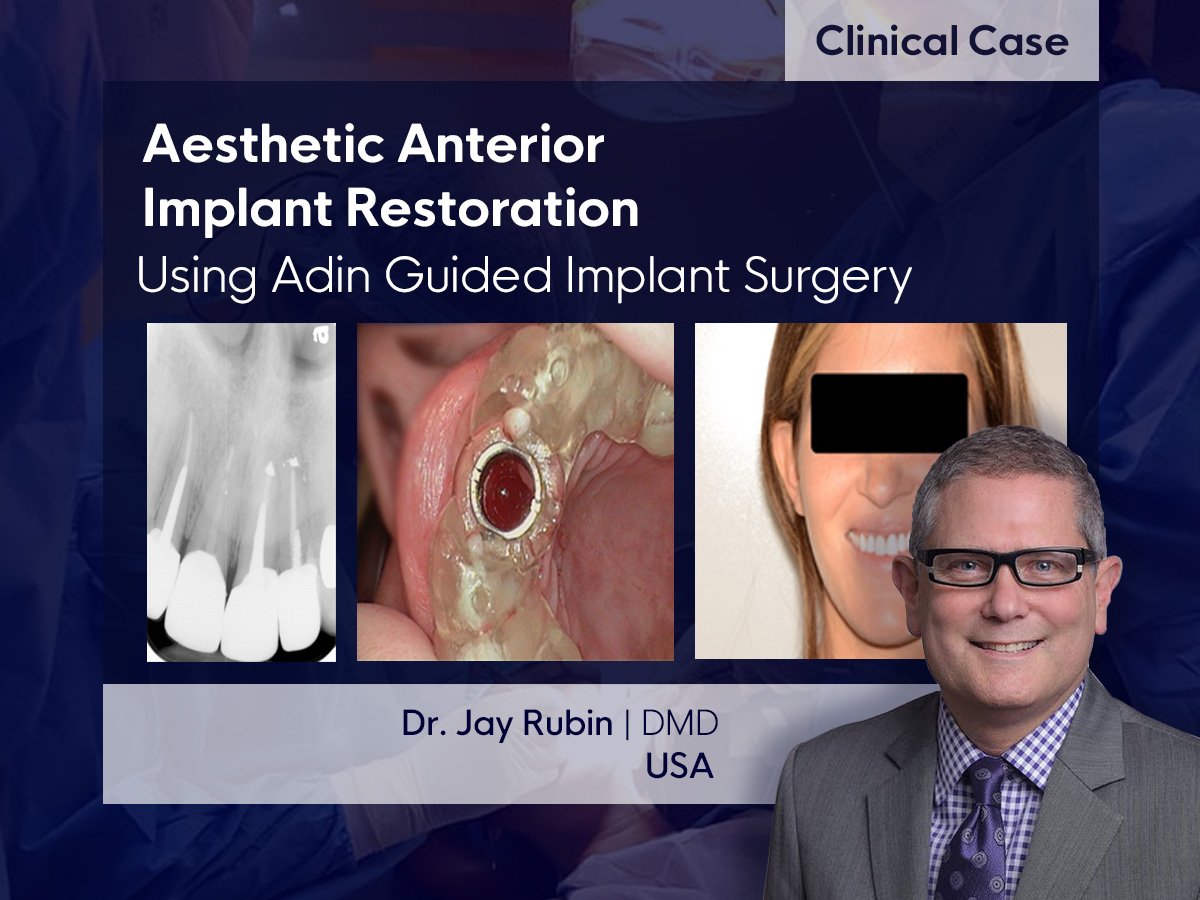

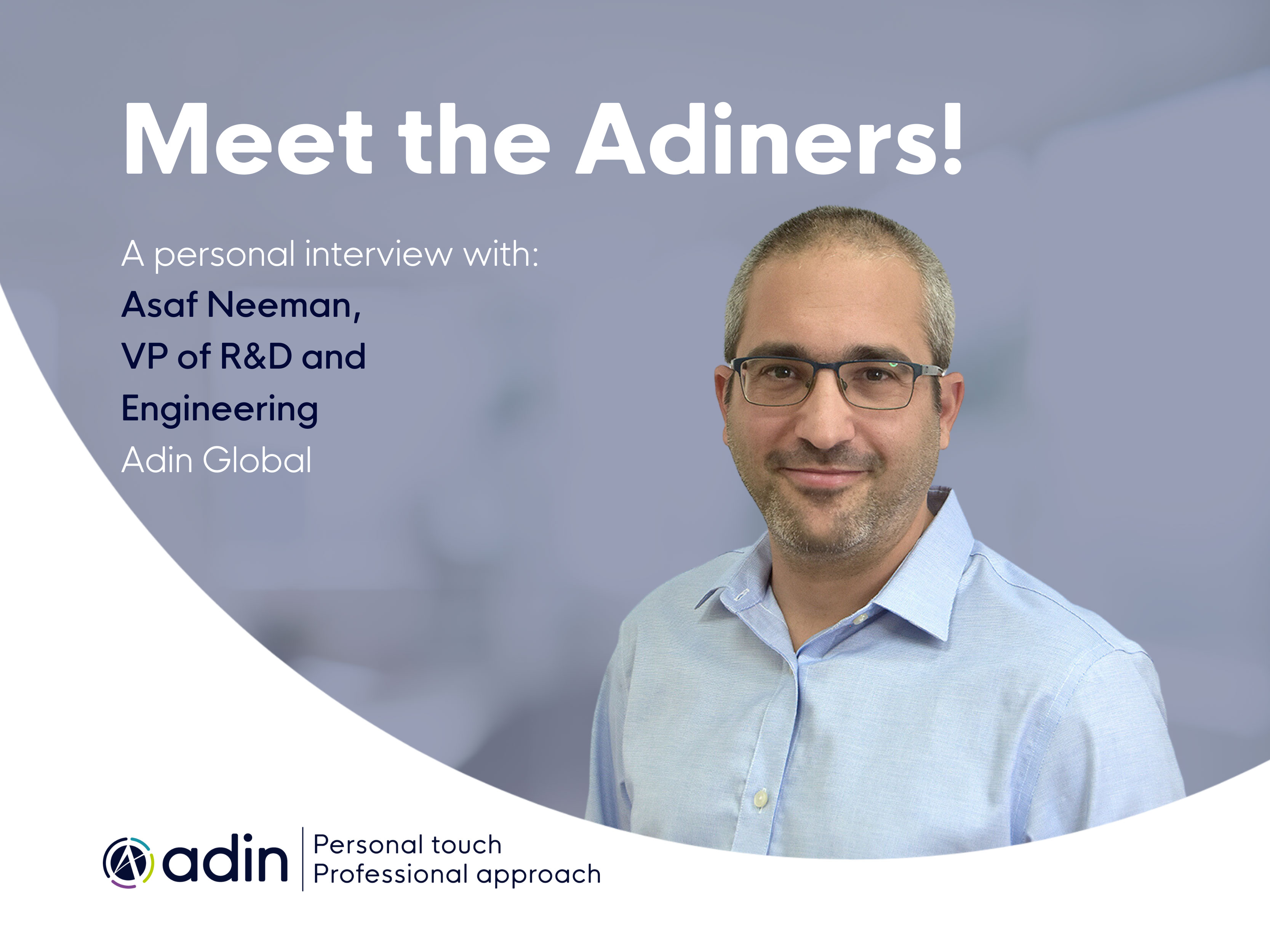


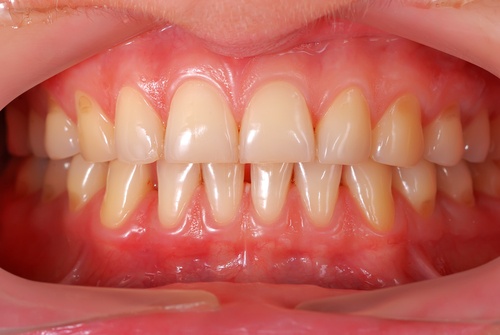

Leave a Comment